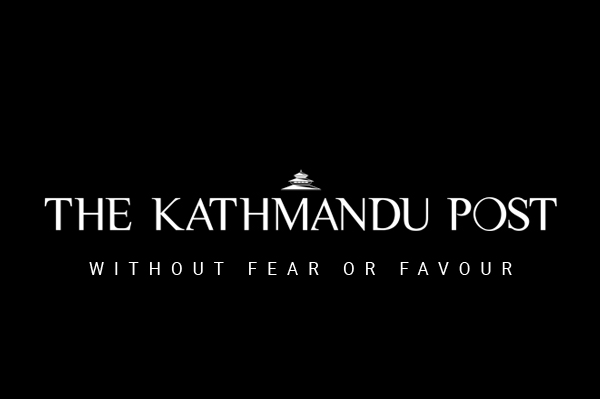Kathmandu, Nepal—On May 23, after the World Health Organization (WHO) announced the conclusion of the COVID-19 pandemic in May 2023, individuals relaxed their precautions. Measures such as mandatory quarantines, mask-wearing, sanitizer use, handwashing, and social distancing swiftly fell out of practice. Vaccine efforts likewise diminished. Medical centers ceased accumulating testing supplies since fewer people sought tests despite emerging new strains. By 2025, many assumed they could put concerns about dangerous viruses behind them; however, this changed when JN.1—a lineage stemming from Omicron BA.2.86—appeared anew.
This particular strain, which can spread up to seven times quicker than influenza, has sparked concerns across Southeast Asia and India. In Hong Kong, COVID-19 cases have surged to their peak level within one year, resulting in approximately 30 fatalities. As of May 3rd, Singapore documented 14,200 cases, whereas from January 1st through May 14th, Thailand recorded 19 deaths along with 71,067 confirmed infections. Simultaneously, over 250 cases remain active in India, with new diagnoses emerging in regions like Kerala, Maharashtra, and Tamil Nadu.
Since January, Nepal has recorded only one case, so there’s no urgent reason to worry yet. However, we must remain vigilant. Being close to India means Nepal isn’t shielded from the virus; history shows that when infection rates surged south of the border, they tended to rise here too. At present, though, there aren’t strict monitoring protocols at Tribhuvan International Airport—the main entry point for travelers coming from Singapore, Hong Kong, Thailand, and India. Loose oversight along the borders has similarly raised concerns about potential imported cases through overland travel.
The health department in Kerala warned about potential increases in infection rates and consequently advised high-risk individuals and those visiting hospitals to wear masks, along with emphasizing adherence to testing protocols and readiness measures. Similarly, authorities at the Epidemiology and Disease Control Division in Nepal convened with pertinent organizations and entities on Thursday to intensify preventive actions and monitoring efforts around airports, border crossings, and key access points—quite appropriately. Additionally, they sought assistance from the WHO’s Nepalese branch for procuring diagnostic supplies. Furthermore, staff members at the Sukraraj Tropical and Infectious Disease Hospital located in Teku, Kathmandu, were instructed to provide care for anyone arriving in Nepal exhibiting signs consistent with COVID-19 after traveling from regions severely affected by the virus.
These initiatives are commendable, yet they should also encompass other heavily populated urban areas. Equally important is increasing public understanding of safety protocols. Since this strain predominantly impacts older individuals, particularly seniors and children in places like Hong Kong and Thailand, it’s crucial to educate younger residents about how their actions can affect these susceptible populations. They ought to be encouraged to undergo testing as well.
Experts in Nepal have cautioned about declining immunity resulting from past infections and vaccinations, which may pose significant risks to those with weakened immune systems, including the elderly, young children, and immunocompromised individuals. In Singapore, doctors have observed that reduced protection has contributed substantially to recent case surges, largely because fewer people are getting booster shots. Meanwhile, countries such as Australia continue to administer these additional doses. This might be an opportune moment for Nepal to resume vaccination efforts. Health authorities in Nepal should carefully consider this advice. It’s equally important for everyone to adhere strictly to basic safety protocols like mask-wearing and other preventative actions recommended by health professionals.
Although the potency of the emerging strain remains unclear, it is crucial to remain watchful instead of lamenting afterwards. Let us not overlook that the COVID-19 pandemic has claimed countless lives—including more than 12,000 Nepalese—and numerous individuals continue to face risks from this latest mutation.


Leave a Reply